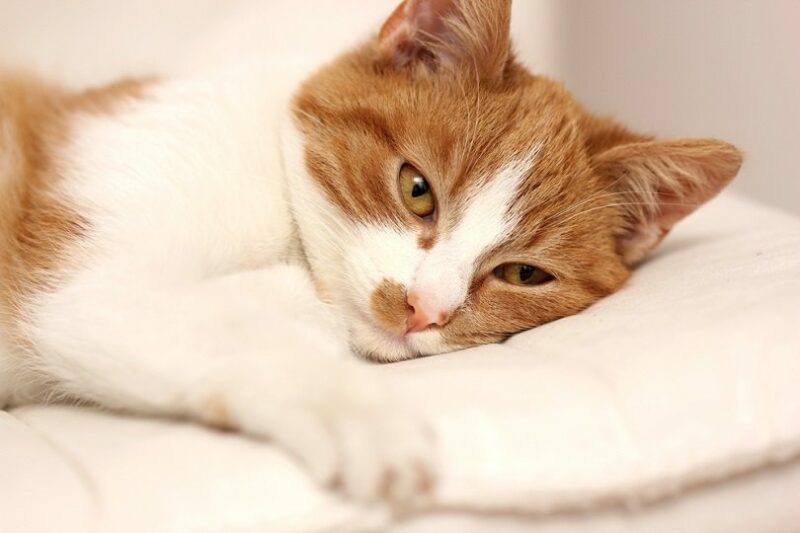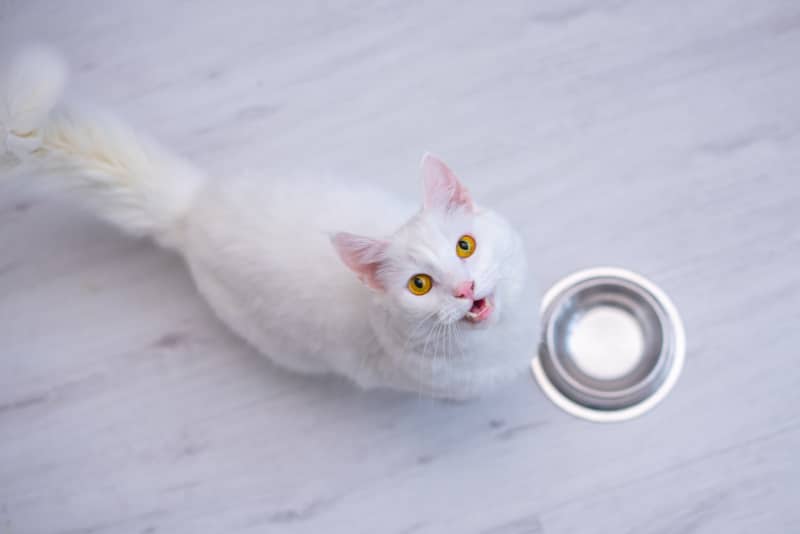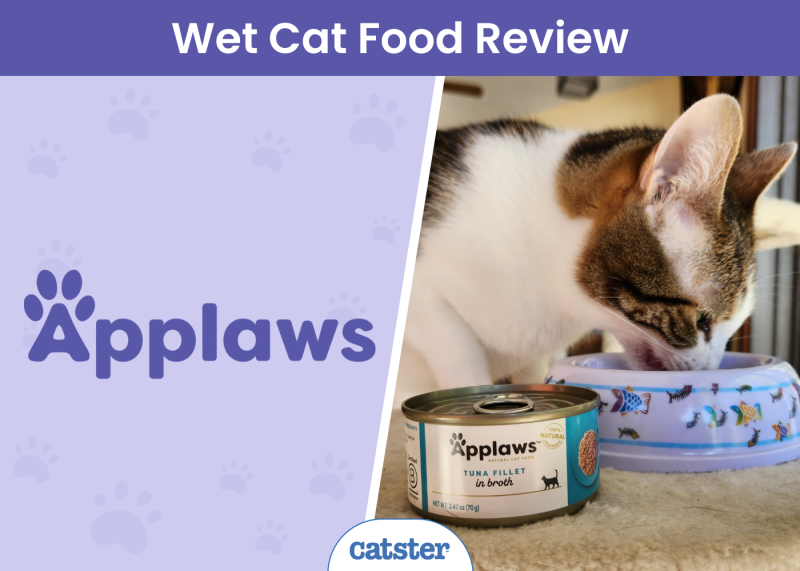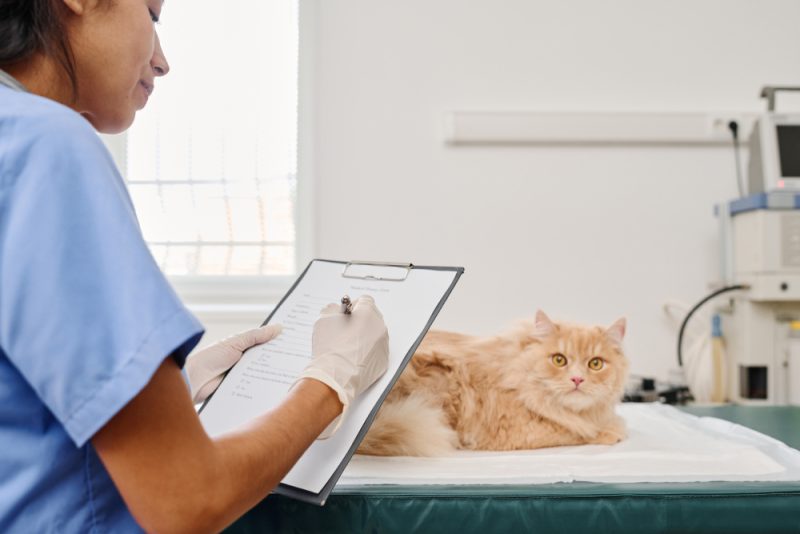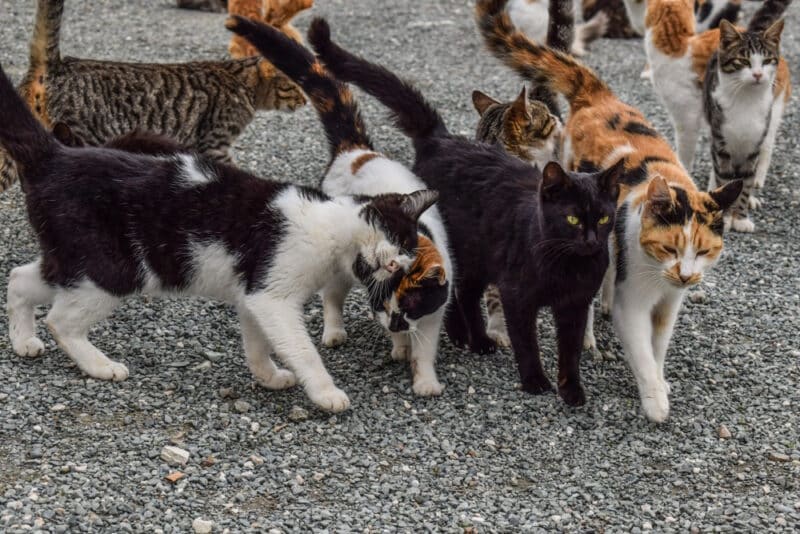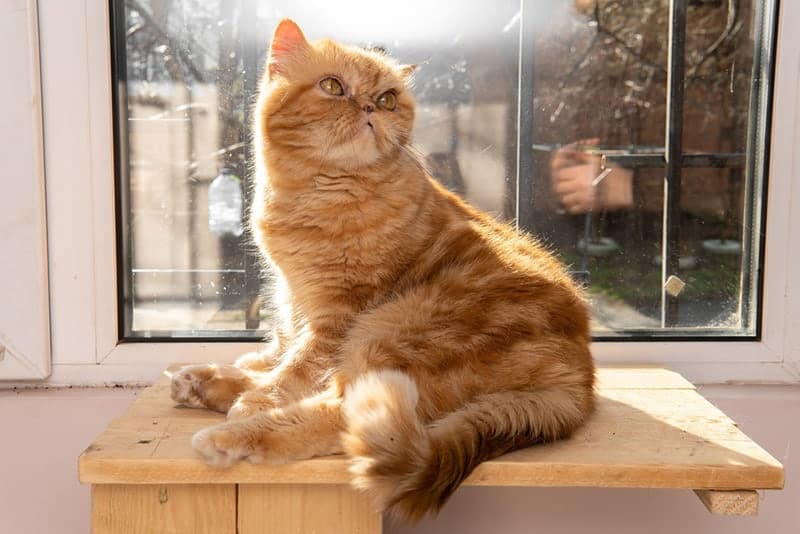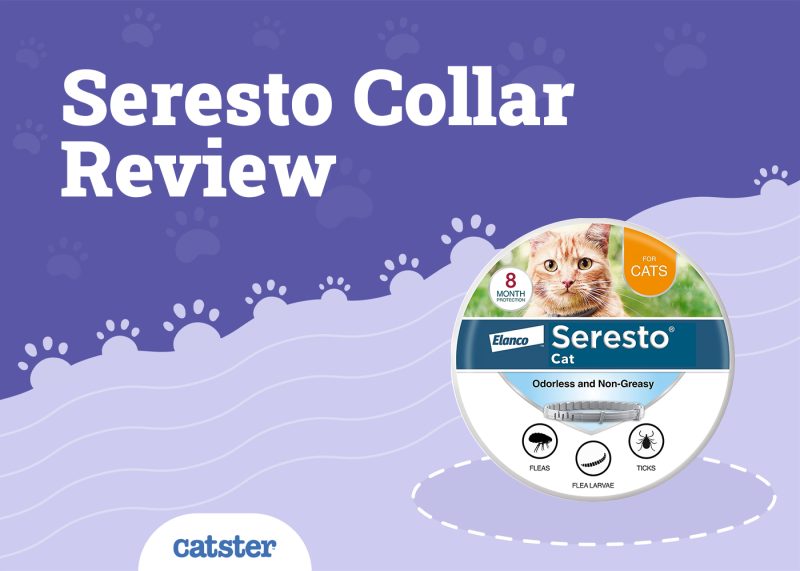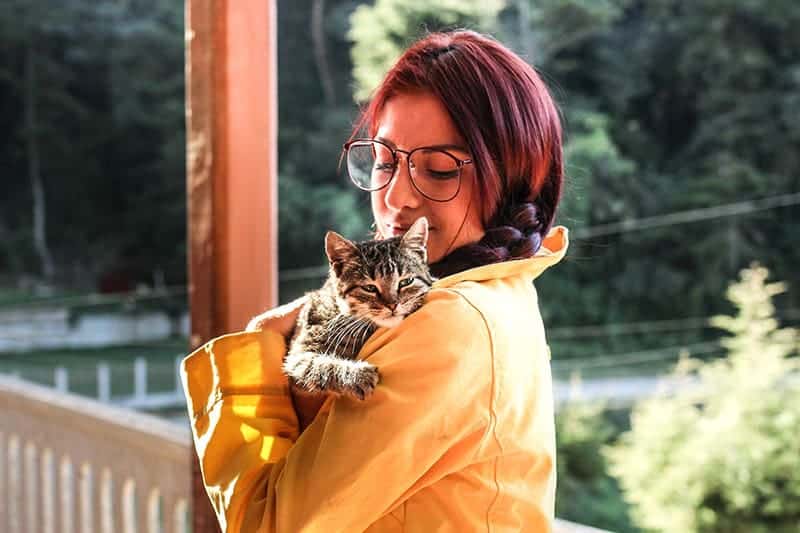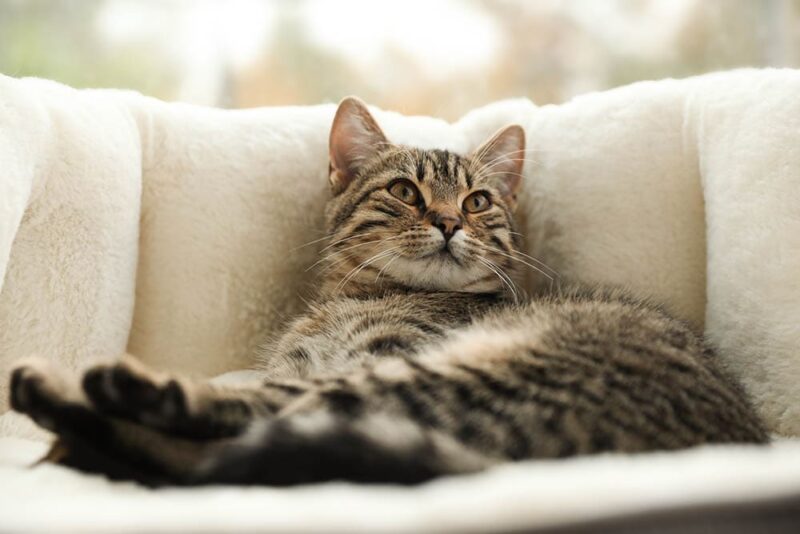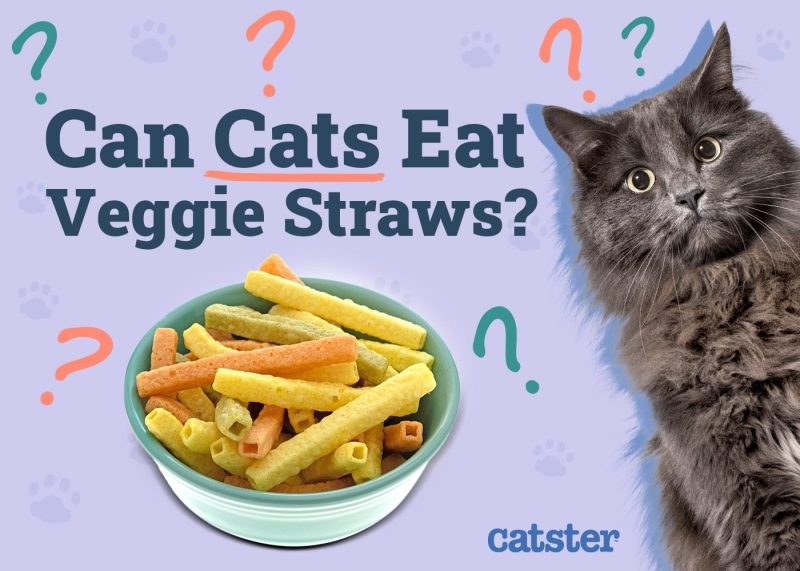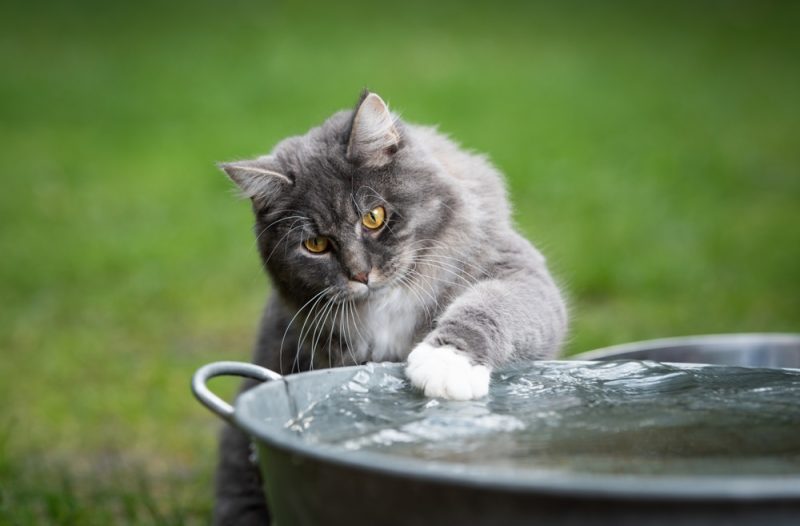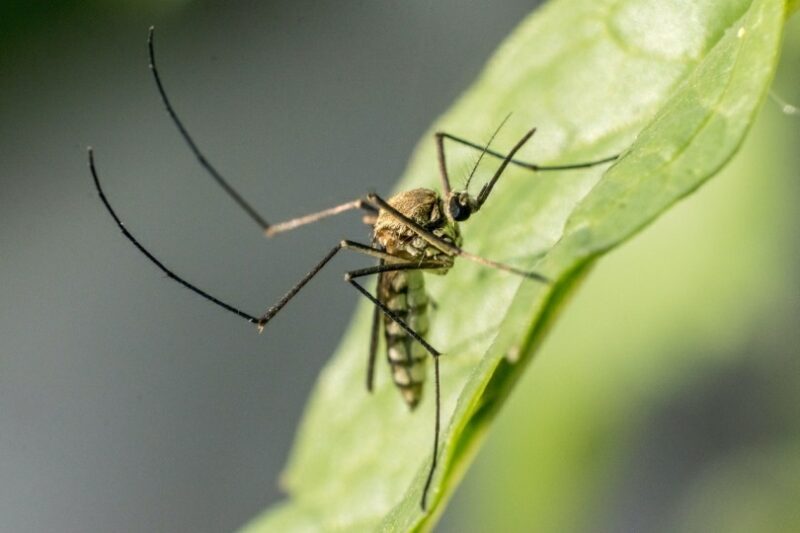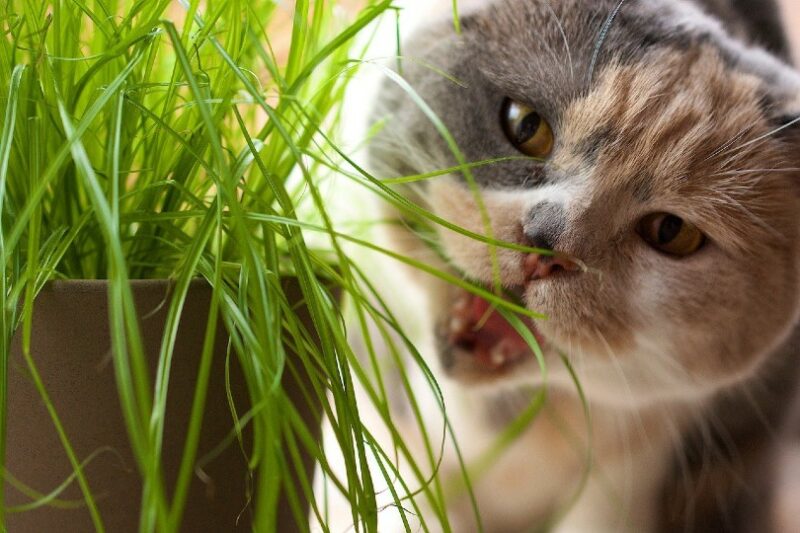Cats don’t always advertise when something is wrong, and if your cat isn’t getting enough water, you might not even realize it if you aren’t paying attention. However, dehydration is a serious condition; cats that don’t get enough water will feel the consequences. Dehydration is an especially big problem in hot climates where your cat’s warm fur coat might work against them, but it doesn’t just happen on hot days. Every cat owner should watch out for signs of dehydration.

How to Tell If Your Cat Is Dehydrated
1. Panting
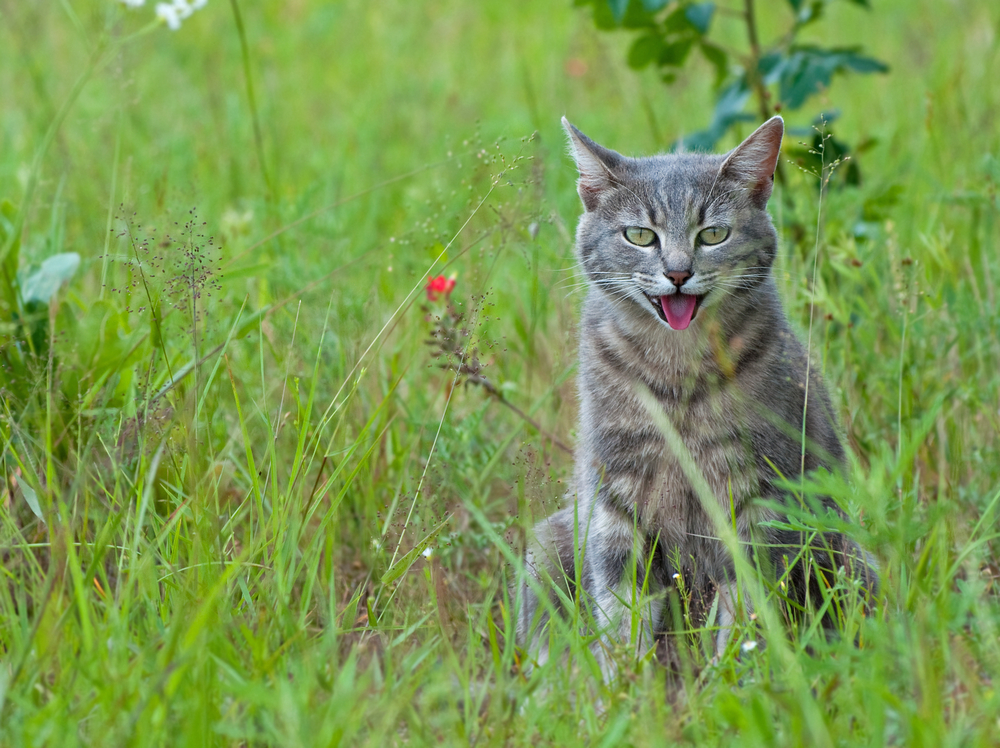
Dogs and cats pant to cool their bodies by exposing their wet tongues and mouths to the air. Although dogs pant after exercise, cats usually only pant when dehydrated, struggling to breathe, or overheating. If you see your cat panting, there’s a good chance they aren’t getting enough water. Panting is usually one of the most obvious signs that something’s not right, so if you see a cat panting, you can check for other signs of dehydration.
If you need to speak with a vet but can't get to one, head over to PangoVet. It's an online service where you can talk to a vet online and get the advice you need for your pet — all at an affordable price!

2. Skin Tenting
The “skin test” is a strange but accurate way to tell if your cat’s getting enough water. Cats have stretchy, supple skin when they are healthy, but it becomes stiff during dehydration. To perform a skin test, pinch the loose skin between your cat’s shoulder blades and pull it up 2 or 3 inches until it looks almost like a tent.
Then let it go. If the skin snaps back to normal within a second or so, you’re good! But if it takes several seconds to return to normal or the “tent” stays sticking up, your cat is likely dehydrated. The longer it takes your cat’s skin to normalize, the more serious it is.
3. Dry Gums
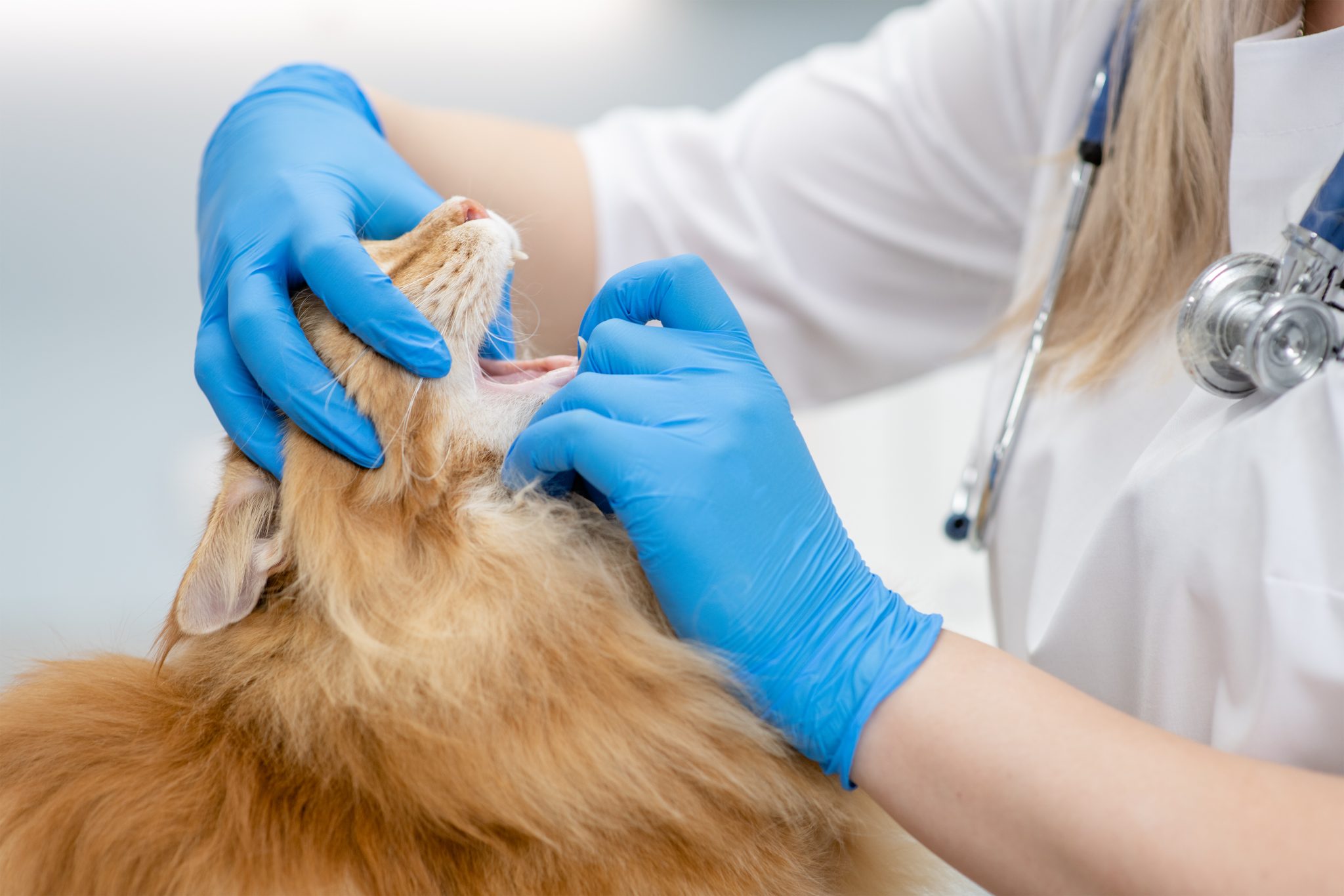
Another way to tell if your cat is dehydrated is by looking at their gums. Try pulling up their lip to see what the gums above their teeth look like. Healthy cats have pink gums that are moist and slippery, just like a person’s gums. Dehydrated cats have white or gray gums that are dry or sticky to the touch.
4. Sunken Eyes
As cats become dehydrated, they lose luster in their eyes, and the skin around them sags. Bright, alert eyes are a sign of a healthy cat, while dull, sunken eyes can indicate dehydration or illness. If your cat has sunken eyes and other dehydration signs, they must be taken to the veterinarian promptly.
5. Sweaty Paws
Just like panting helps cats cool off, sweat can indicate your cat is overheating. Sweat can also speed up the dehydration process by removing water from the body when your cat can’t spare it. Cats don’t sweat all over, but you can check their paws to see if they’re sweating. Leaving wet paw prints behind despite dry feet or damp paws might be a sign that your cat is overheating.
6. Refusal to Eat
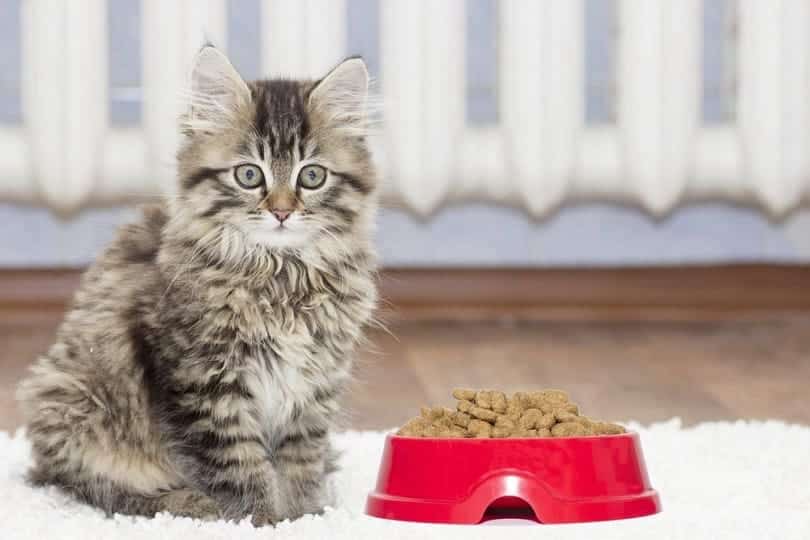
If your cat feels bad, they might react by refusing to eat. Dehydration can cause nausea and appetite loss as the body struggles to function without water. A decreased appetite can signify many problems, so you shouldn’t jump straight to dehydration. But if your cat shows other signs of needing water and refuses to eat, it might be a sign that the condition is serious.
7. Lethargy
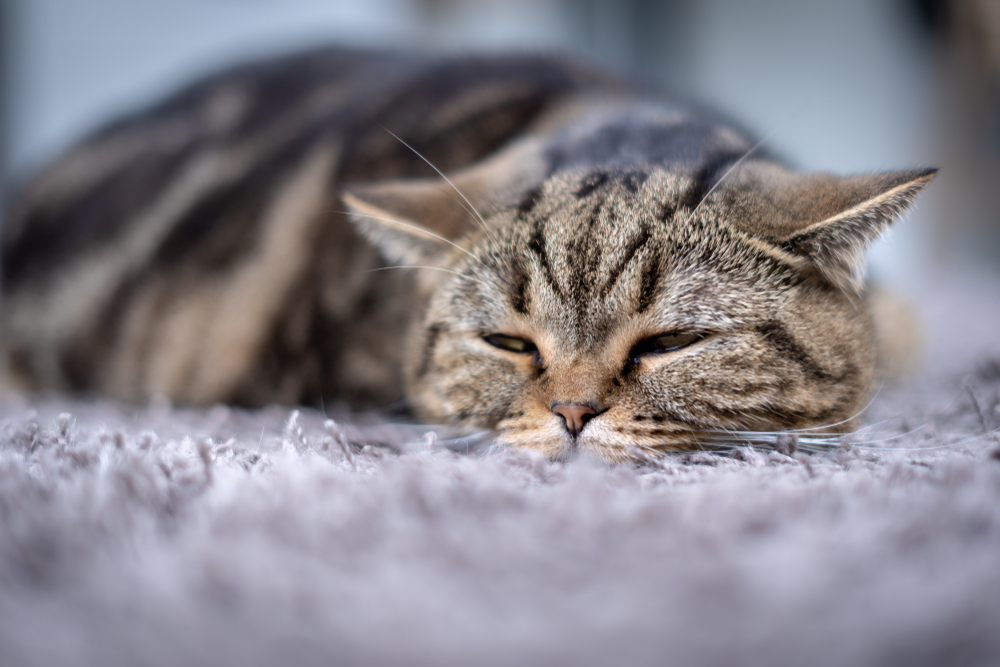
Another sign of dehydration is a lack of energy. It can be hard to diagnose because cats like to nap during hot days and conserve energy, but lethargy often goes beyond laziness. If your cat struggles to move or eat, they might not be drinking enough water.
8. Stool Changes
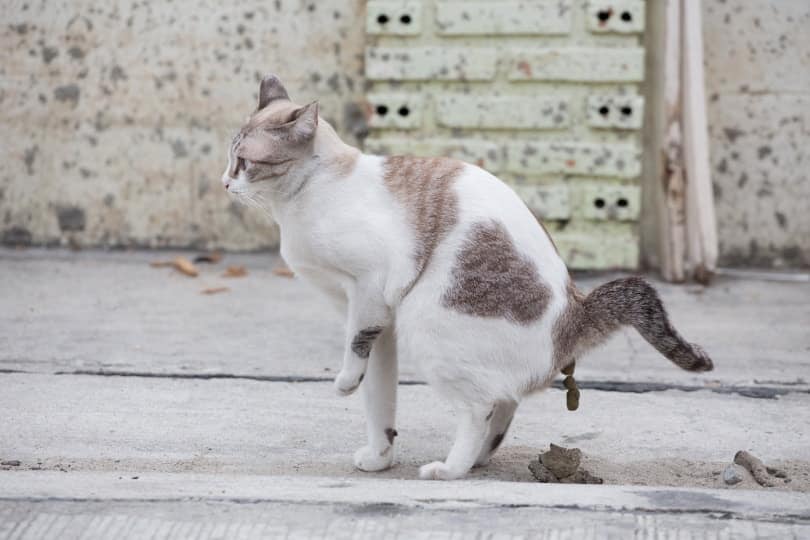
One more way to check for dehydration is to check the litter box. Dehydration and constipation often go hand in hand. You might see hard, dry feces and a lack of urine in the litterbox. Dehydration caused by an illness can swing the other way, leading to diarrhea, vomiting, and excessive urination that purges water from the system.

What Makes Cats Dehydrated?
Overheating and heat stroke are some of the most common causes of dehydration. A lack of available water or an aversion to the water can also contribute to dehydration.
Sometimes, dehydration is a sign of an underlying problem. Illnesses that cause vomiting can lead to dehydration, and some disorders that cause excessive urination, like untreated diabetes or kidney problems, can also cause dehydration. In those cases, your cat is probably drinking enough water, but it just passes through the system too quickly to fully hydrate your cat.
Treating Cat Dehydration
In minor cases of dehydration, the most important thing is to help your cat get more fluids into their system. Provide plenty of clean, fresh water, and use a wide, shallow bowl. Some cats avoid water because it is too close to their litter box or because it doesn’t get changed frequently enough. Adding a few ice cubes on hot days can help it stay cool all day.
Some cats also struggle to drink enough water because their bodies expect to get moisture from food. Switching to a wet food or adding some chicken broth or a wet topper to their dry food can help.
Not every cat water fountain will make your life easier. This is why we recommend the well-designed Hepper Stainless Steel Cat Water Fountain, which has advanced triple filtration, three different flow modes, and an automatic shutoff feature.
- Premium 304-Grade Stainless Steel - This metal cat water fountain is hygienic, with superior...
- Serene & Healthy Cat Drinking Fountain Experience - With whisper-quiet pumping & an advanced...
- Say Goodbye to Dehydration - Provide your cat with a constant source of flowing water with this...
This modern, minimalist fountain runs surprisingly quietly and is very easy to clean.
At Catster, we’ve admired Hepper for many years and decided to take a controlling ownership interest so that we could benefit from the outstanding designs of this cool cat company!

Final Thoughts
If your cat is already dehydrated or drinking lots of water doesn’t seem to alleviate the signs, take them to a vet. Your vet can give your cat an IV containing fluids to keep them hydrated until they’re recovered or until the underlying issue is diagnosed. With the proper treatment, dehydration is simple to reverse.
Featured Image Credit: Natata, Shutterstock
